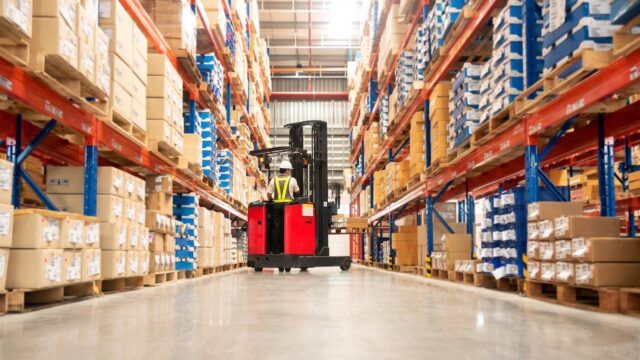multi-carrier shipping software Archives - Page 2 of 4 - Creative Logistics Solutions
Category : multi-carrier shipping software

LTL vs. Parcel: What’s the Difference?
Every day, millions of products are transported across the globe—some in boxes small enough for one person to carry, and others secured by pallets that have to be moved with a forklift. Naturally, the size of a shipment determines the method used to transport it. That’s where LTL and parcel shipping come in.

A Guide to Omnichannel Supply Chain
Online shopping rose in popularity during the Covid-19 pandemic, and it isn’t going anywhere. Shoppers want to be able to make their purchases in a way that works best for them. Your business can take advantage of consumers' need for flexible shopping options by implementing an omnichannel supply chain.

What Is Ecommerce Logistics?
Imagine going on a long-awaited vacation. You wouldn’t just show up at the airport and hope for the best, right? Instead, you’d plan ahead by purchasing a plane ticket, booking a hotel, and packing your bags. Ecommerce logistics is similar to planning your big trip. Products don’t get from point A to point B on their own—businesses must carefully develop a process for sending out orders.

Shipping Automation: How It Works + Benefits
Robotic arms grasp packages, autonomous vehicles navigate between shelves, and drones swoop down to leave orders on doorsteps. Sounds like something straight out of a sci-fi movie, right? Although a fully-automated order fulfillment process might still be the future, automation is one of the biggest logistics trends of 2023.

What Is Omnichannel Distribution
Adopting an omnichannel distribution strategy allows companies to connect with customers and provide a personalized shopping experience.

What Is Omnichannel Fulfillment and Why Is It Important?
Omnichannel fulfillment brings brick-and-mortar stores, ecommerce sites, apps, social media platforms, and more into an integrated system, giving customers a flexible, convenient, and smooth shopping experience.

Is a Recession Around the Corner? Shore Up Your Shipping Logistics Operations
With talk of a possible recession looming, now is the time to make sure your business is in great shape. Read these tips on shoring up your shipping logistics operations to mitigate financial risk.

The Surprisingly High Cost of Parcel Shipping Address Errors and How to Eliminate Them
Parcel shipping address correction charges can cost your company thousands of dollars. Read our blog for ways to identify where errors occur and how to eliminate the risk.

How Much is Your Slow Shipping System Costing You?
When you want to reduce warehouse labor and shipping costs, the first place to look is at your shipping system's processing speed. Here's how to benchmark your system performance and make improvements.



